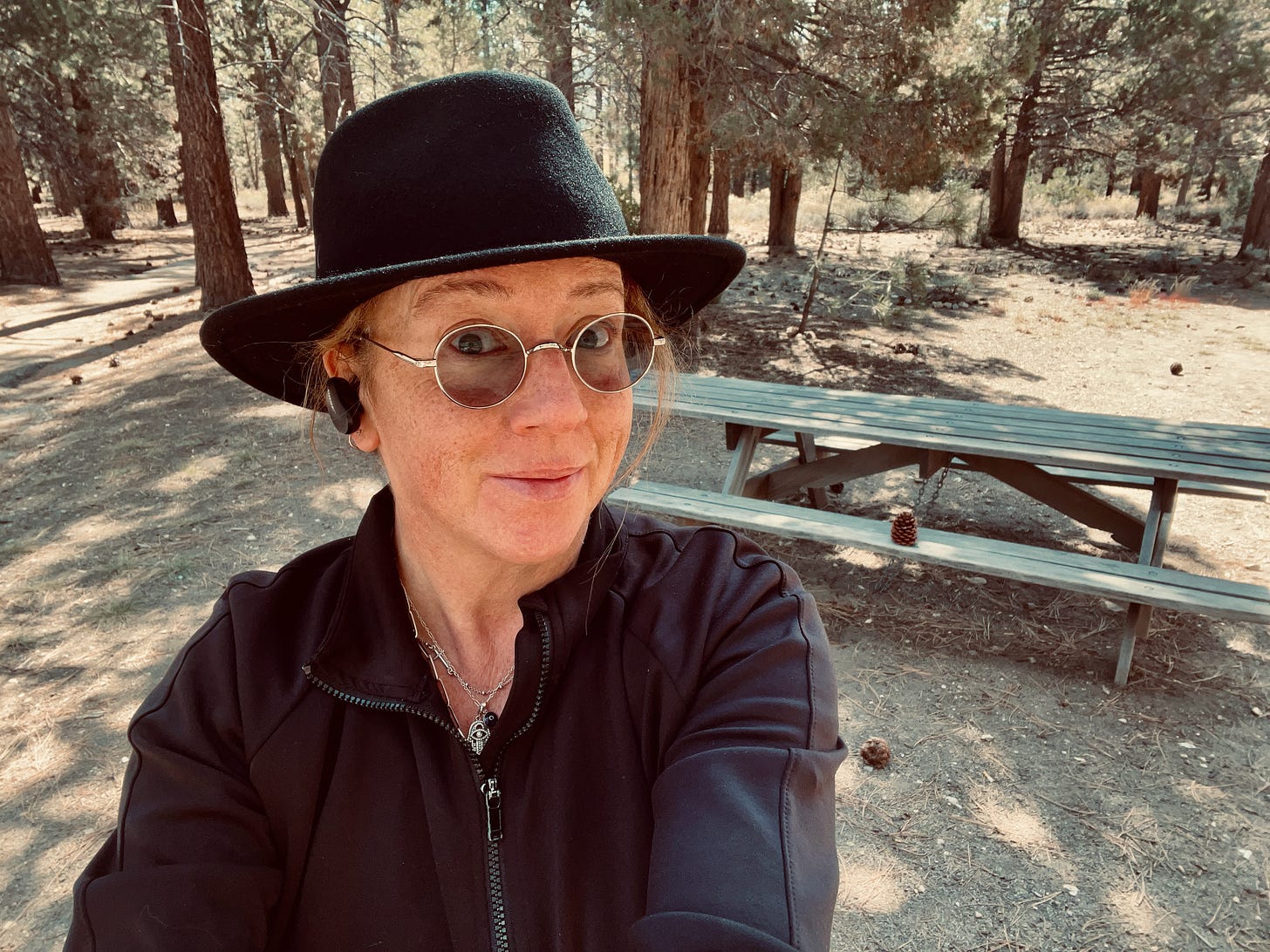Sunday Stories: Just Sit
Patience never has been my strong suit. When technical gremlins struck an online contemplative sit with Father Richard Rohr this week, they brought unexpected wisdom with their delays.

LISTEN: For those of you who would rather listen than read, I’m giving the audio embed option a go, but with my voice, rather than the automation. One tiny edit: In the audio version, I misstate Father Richard Rohr’s ag…



